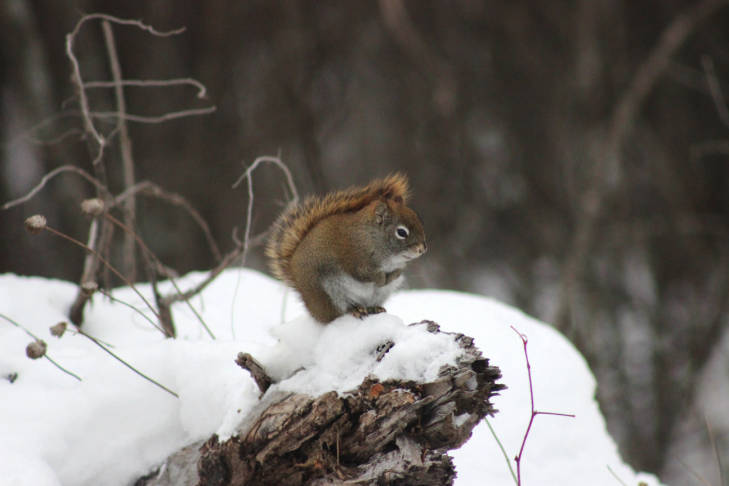
A Kenai man died in late January from the Alaskapox virus, according to the state health department. He was immunocompromised and is the first known person to die from the Alaskapox virus, or AKPV.
Alaskapox was discovered in the state in 2015 and is related to other orthopox viruses like smallpox, cowpox and monkeypox. Epidemiologist Dr. Julia Rogers, who works for the federal Centers for Disease Control and Prevention and is assigned to the Alaska Division of Public Health, said the virus primarily infects animals.
“Orthopox viruses are zoonotic viruses, meaning that they circulate primarily within animal populations with spillover into humans occasionally,” Rogers said.
Rogers said she expects any AKPV infections to remain rare and it’s unlikely someone who is not immunocompromised would die from the virus. She said there’s no evidence of person-to-person transmission.
Only six other people have had confirmed Alaskapox cases and they were all in the Fairbanks area. All of the previous infections have been from contact with animals. The state has tested small mammals for the virus and found it mostly in red voles and squirrels. Because there are so few cases, epidemiologists don’t know exactly how people can get the virus but Rogers said it’s likely transmitted by direct contact with an infected animal.
The Kenai man who died from the virus lived alone in a forested area and was feeding and interacting with a stray cat who he said scratched him regularly and hunted small mammals. The cat was tested for AKPV and was negative. Rogers said Alaskans should be cautious when handling small mammals. People should wear gloves when retrieving small mammals from traps and wash their hands afterwards.
“If you’re trapping or hunting, make sure that you’re trying to avoid having any of your pets interact or make contact with these small mammals,” Rogers said.
Rogers said anyone with lesions should visit their healthcare provider.
Dr. Ben Westley, an infectious disease specialist, said it’s important for healthcare providers to learn how to recognize pox lesions.
“Pox lesions are quite unusual-looking,” Westley said. “ And I think most doctors that are evaluating a rash will say, ‘Geez, this is a weird rash.’ But if they haven’t heard or aren’t thinking about pox virus, they won’t make the diagnosis.”
He said other symptoms can include swollen lymph nodes, especially in the area near lesions.
This AKPV strain is distinct from the strain found in people and animals in the Interior region of the state. So health department staff think the virus might be more widespread in Alaska than previously thought and are working with the University of Alaska Museum and CDC to test small mammals for AKPV outside of the Interior region.
The man who died of the AKPV was elderly and immunocompromised due to cancer treatment. His symptoms started with a large lesion in his armpit area. Later, he developed more pox-like lesions and his doctor sent a swab to the CDC, where it was identified as a unique strain of AKPV.
Westley said infections are rare and Alaskans should be aware of symptoms but not worry.
“We live in an amazing place with contact to a lot of different wildlife and scenery and this is just something that comes with the territory,” said Westley. “If there are dead animals or stranded sick animals, you should not handle them on your own; you can call wildlife experts.”
The state recommends that health care clinicians familiarize themselves with symptoms of AKPV. Providers should report suspected cases of AKPV to the Department of Health and can find example images of AKPV lesions on the department’s FAQ page.
